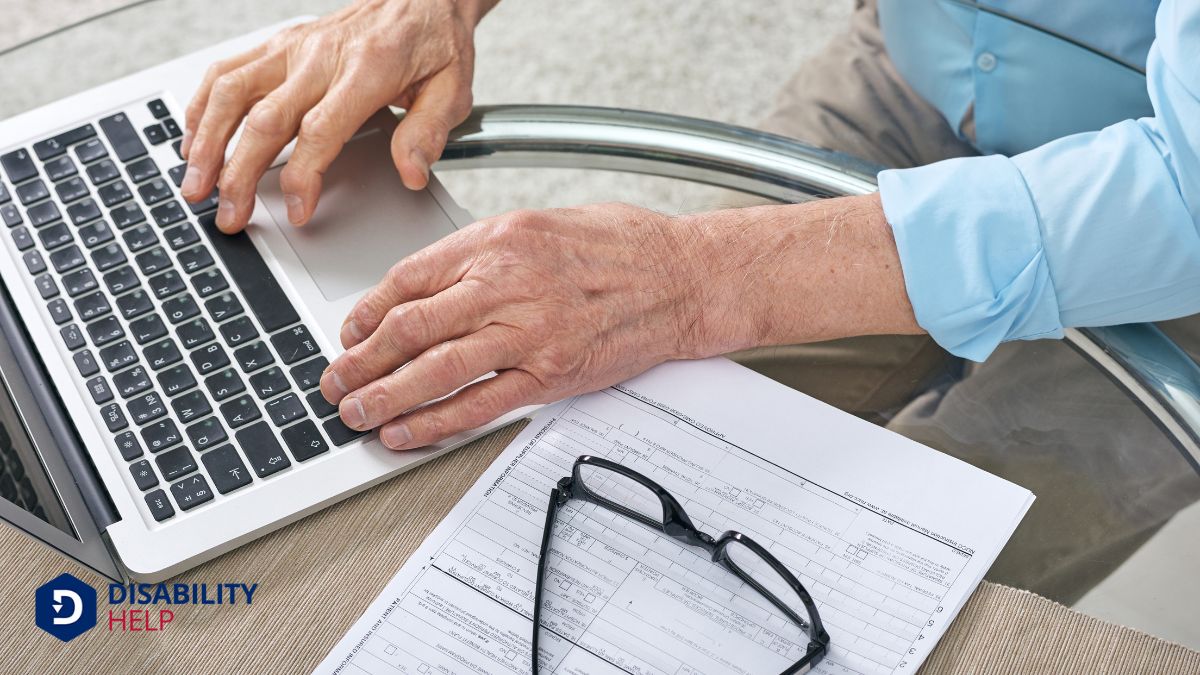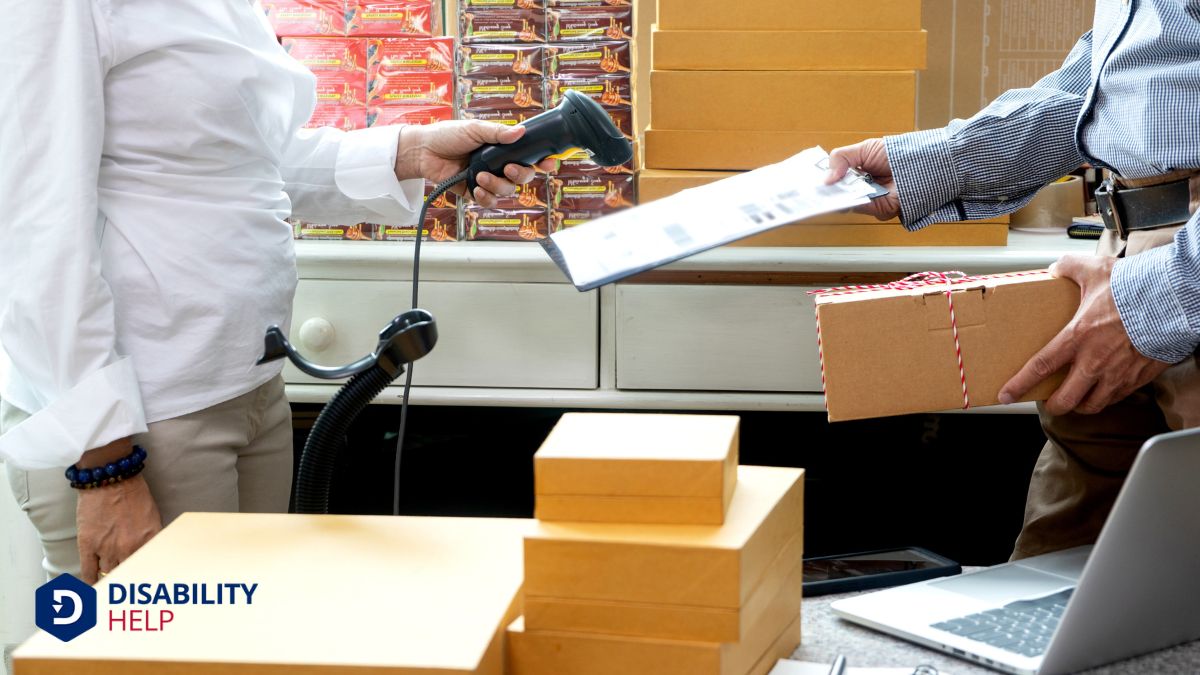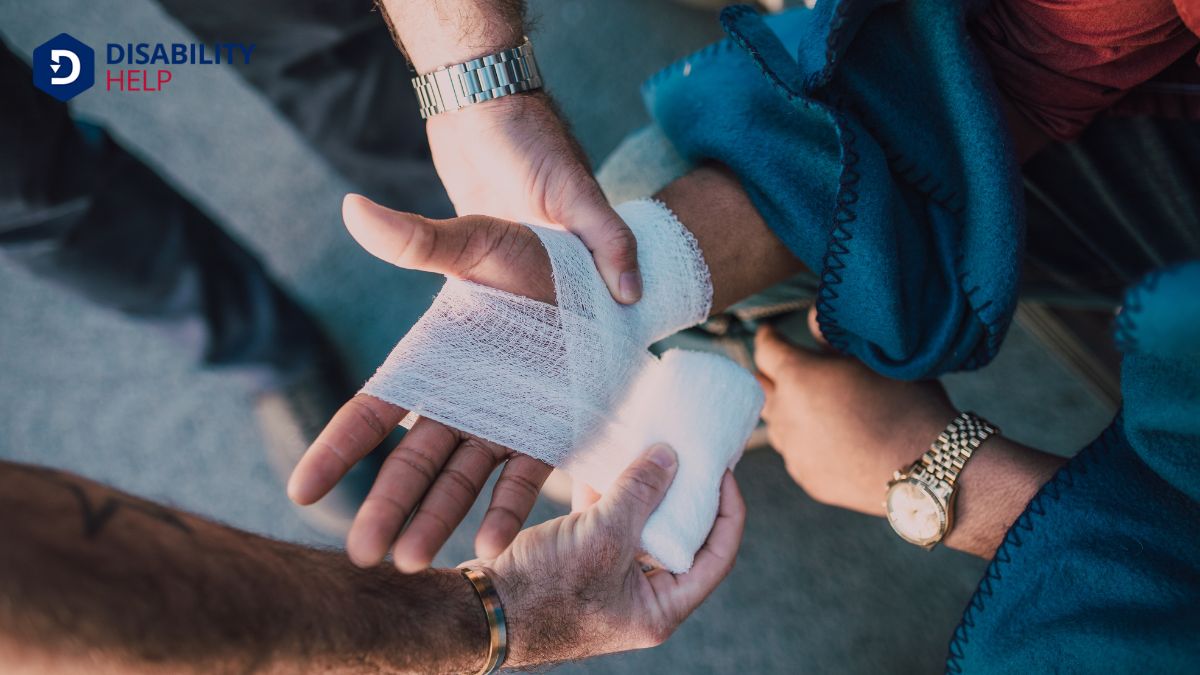To prove a defective product caused an injury, we need to gather solid evidence, such as medical records, receipts, and photographs of the injuries and the product. Documenting the product's defect, preserving it in its original state, and obtaining technical reports or expert evaluations are essential steps. Statements from witnesses and any correspondence with the manufacturer can also strengthen our case. By demonstrating the defect, showing how it led to the injury, and establishing the manufacturer's liability, we build a compelling claim. There's a lot more to uncover about how these elements come together for a successful case.
Key Takeaways
- Preserve and document the defective product in its original condition.
- Provide medical records and expenses showing injuries directly caused by the defect.
- Include photographs and videos illustrating the defect and resulting harm.
- Obtain expert evaluations and technical reports to support manufacturing or design flaws.
- Retain and submit packaging, receipts, and any warnings or instructions linked to the product.
Types of Defective Product Claims

When dealing with defective product claims, understanding the different types becomes crucial. We can encounter three primary categories: design defects, manufacturing defects, and failures to instruct or warn. Each type can lead to a defective product injury, but they arise from different issues in the product's lifecycle.
A design flaw means the product was inherently unsafe due to its blueprint. Even if manufactured correctly, it poses risks. For instance, a poorly designed toy that easily breaks into sharp pieces can cause injuries to children.
On the other hand, a manufacturing defect happens during the production process, making a product dangerous despite a safe design. For example, a bike with a cracked frame due to a manufacturing error can lead to serious injuries.
Lastly, failures to instruct or warn involve inadequate guidelines or warnings on how to use the product safely. If a chemical cleaner lacks proper usage instructions, it can cause harm to users unaware of its dangers.
To prove these claims, partnering with an experienced attorney, like those at Brock & Stout, can strengthen your case. They can help demonstrate the product's defect and its role in causing injuries and establish the liability of those responsible.
Elements Needed to Prove a Claim
To prove a defective product claim, we need to establish that the product was defective and that this defect caused our injuries or losses. We'll also need to show we used the product as intended and provide documentation like receipts, medical bills, and evidence of the defect. Understanding the types of defects, such as manufacturing defects, design flaws, and failure to warn, is key to building a strong case.
Types of Defective Products
Defective product claims fall into three main categories: design defects, manufacturing flaws, and failures to provide adequate warnings or instructions. Each type of defect can lead to serious injuries, such as burns, broken bones, organ damage, head injuries, choking, and injuries from dangerous drugs.
Design defects occur when a product is inherently unsafe due to its design. To prove a claim, we need to show that a safer, alternative design was feasible.
Manufacturing flaws happen during the production process, making an otherwise safe design dangerous. Proof of defect in this case includes defective product documentation and the product itself.
Finally, inadequate warnings or instructions can lead to misuse and subsequent injuries. We must demonstrate that the manufacturer knew or should've known about the risks but failed to warn consumers.
Gathering product defect evidence is critical. This includes defective product knowledge, documentation of injuries, medical bills, and any proof of the defendant's awareness of the defect. By understanding these types of defects and the necessary evidence, we can better navigate product liability claims. Seeking legal assistance from experienced attorneys, like those at Brock & Stout, can further strengthen our case.
Requirements for Valid Claims
Establishing a valid claim for injuries caused by defective products requires us to meet specific elements.
First, we need to show that an injury occurred. This injury must be directly linked to a defective product. Here's where causation comes into play—proving that the defect in the product caused the injury is essential for establishing liability.
To make our case stronger, we should demonstrate the defendant's negligenceA legal concept where a party fails to exercise reasonable care, resulting in harm to another person... or breach of warranty. This could involve showing that the manufacturer failed to follow their own instructions or that there were hidden defects and mishaps in manufacturing. Additionally, inadequate or insufficient warnings about potential hazards can also be crucial.
Following manufacturer instructions for product use is necessary to support a valid claim. If we can show that we used the product as intended and still faced injury, our claim becomes stronger.
We must remember these three essential elements:
- Prove the injury - Show concrete evidence of the harm suffered.
- Causation - Link the injury directly to the defective product.
- Negligence or breach of warranty - Highlight mishaps in manufacturing, hidden defects, or insufficient warnings.
Evidence to Support a Claim
When pursuing a claim for injuries caused by defective products, we need to meticulously document the injury details and preserve the defective product itself. Keeping the product, along with any parts, in its post-accident state helps demonstrate the defect's nature.
Failing to preserve this critical evidence can severely hinder our case and may even lead to legal penalties under spoliation rules.
Document Injury Details
In building a claim for a defective product, meticulously documenting every detail of an injury is vital. In personal injury cases, thorough documentation is necessary to establish liability for defective products. We must document injury details to clearly demonstrate in a product liability claim that a product defect caused our injuries or losses. This involves several steps that we can't afford to ignore:
- Medical Records and Expenses: Retain all medical records, bills, and receipts. These documents serve as solid evidence of medical expenses and the seriousness of the injury.
- Photographic Evidence: Capture photographs of physical injuries and any visible damages caused by the defective product. Visual evidence strongly conveys the impact of the incident.
- Witness Statements: Acquire witness statements or testimonies from individuals who witnessed the injury or its effects. These statements validate our claim and provide additional support.
Moreover, keeping a detailed journal is invaluable. Recording pain levels, emotional distress, and daily limitations helps illustrate the injury's impact on our lives.
This thorough approach not only supports our claim for lost wages and other damages but also helps construct a compelling case for liability due to defective products.
Preserve Defective Product
Holding onto the defective product in its original condition is necessary for building a strong claim. We can't stress enough how vital it is to preserve the actual defective product, not just a sample. This serves as primary evidence to prove the defect. If we alter or dispose of the product, we risk weakening our case.
It's important to retain any warnings or accompanying literature that came with the product. These documents provide valuable documentation and context. They might contain significant information about the product's intended use and potential hazards, which can bolster our claim.
Additionally, the product should be preserved exactly as it was when purchased. This helps demonstrate the defects as they were at the time of injury. Any modifications or repairs may complicate our claim by introducing doubt about the product's original condition.
Through the discovery process, obtaining relevant documents related to manufacturing, safety testing, and design can further support our claim. These records can reveal flaws in the product's creation or testing phases, providing additional layers of evidence.
Proving Manufacturer Error

To prove a manufacturer error, we need to meticulously document every detail related to the defect. First, it's important to demonstrate the defect originated at the factory level. This requires a structured approach:
- Detailed Documentation: Keep records of purchase receipts and any interactions with customer service or technical support. These documents help establish a timeline and show our proactive efforts to address the defect.
- Visual Evidence: Record videos and take photos that clearly show the defective products. This visual evidence can be compelling when arguing that the issue wasn't caused by us, but by a manufacturing error.
- Repair Bills: Preserve all repair bills as they provide concrete evidence of our attempts to fix the problem. These expenditures support our claim that the defect is due to a manufacturer error and not misuse on our part.
Collecting any documentation that supports a claim of manufacturing error is important. This can include technical reports or expert evaluations. By presenting thorough documentation support, we build a stronger case that underscores the defect's origin at the factory level.
This structured approach not only facilitates our understanding but also strengthens our position in proving manufacturer error.
Proving a Design Flaw
Proving a design flaw requires a thorough and strategic approach to gathering compelling evidence.
First, we need to obtain all relevant documentation related to the product's design. These documents can reveal vital insights into how the product was intended to function and where it failed.
Capturing videos that demonstrate how the design flaw can lead to harm provides visual proof that can be very convincing.
Next, seeking expert opinions from attorneys specializing in product liability is essential. These experts can help us understand complex technical details and explain how the design is inherently defective.
Additionally, recording direct evidence of injuries caused by the design flaw is pivotal. Photographs, medical reports, and personal testimonies can all serve as powerful evidence.
Another key aspect is providing proof of the manufacturer's knowledge of the design flaw. If we can show that the manufacturer was aware of the defect and still chose to release the product, it significantly bolsters our case.
Documentation such as internal memos or emails can serve as this proof.
Mislabeled Products
While proving a design flaw is critical, we must also address another significant issue: mislabeled products. When a product's labeling doesn't accurately represent its contents or instructions, it can lead to serious injury. To build a strong case, we need to gather compelling evidence.
First, collect the packaging and purchase receipt. These items are essential to demonstrate the specific product in question.
Next, take photos of the mislabeled item, highlighting any discrepancies between the labeling and the actual product. This visual evidence can be powerful in showing the error.
We should also obtain laboratory results that prove the misleading information on the product labeling. These results can scientifically support our claims.
Documenting our attempts to contact the manufacturer about the mislabeling issue is equally important. It shows that we've taken steps to address the problem directly.
Finally, we must submit a formal complaint with all relevant evidence, including:
- Packaging and purchase receipt - to identify the product.
- Photos - to visually demonstrate the mislabeling.
- Laboratory results - to scientifically validate our claim.
Common Defective Product Injuries

Defective product injuries can disrupt lives in countless ways. We see a range of injuries, from burns and broken bones to organ damage, head injuries, and even choking. Dangerous drugs are particularly concerning, as they can lead to severe consequences, including death. Each case is unique, and the specific injuries can vary widely depending on the product defect involved.
When it comes to seeking compensation, proving the harm caused by these defective products is essential. We need to establish a clear link between the product defect and the specific injuries suffered. This often involves detailed evidence showing how the defect directly impacted the consumer.
For instance, if a medication caused organ damage, we must demonstrate that the drug's dangerous properties were the direct cause.
Product liability cases are complex, and each one requires a thorough understanding of the injuries and the defect. Whether it's a faulty appliance causing burns or a mislabeled drug leading to severe health issues, the goal remains the same: to seek justice and compensation for the harm caused.
Frequently Asked Questions
How Do You Prove a Product Is Defective?
To prove a product is defective, we need to show the defect wasn't obvious to the average buyer, was unreasonably dangerous, stemmed from manufacturing issues, lacked proper warnings, and directly caused the injury or loss.
When Can a Claimant Prove That a Product Caused an Injury?
We can prove a product caused an injury when we show medical records, expert testimony, and visual evidence. Witness statements and product testing results also help establish the link between the defect and the injury.
What Elements Must Be Proven to Support a Claim for Damages Due to a Defective Product?
To support a claim for damages due to a defective product, we must prove the product was defective and unreasonably dangerous, used as intended, caused the injuries, and that there was negligence or breach of warranty by the defendant.
What Is the Evidence for Product Liability?
We need to preserve the defective product, gather all related warnings and literature, and obtain manufacturing documents. We should also document the defect's impact on injuries. This evidence supports our product liability claim effectively.
Conclusion
To sum up, proving a defective product claim requires us to gather compelling evidence. Whether it's a manufacturer error, a design flaw, or a mislabeled product, we need to demonstrate the connection between the defect and the injury. By understanding the types of claims and the necessary elements, we can build a strong case. Let's stay informed and vigilant, ensuring we hold manufacturers accountable and protect ourselves and others from harmful products.






